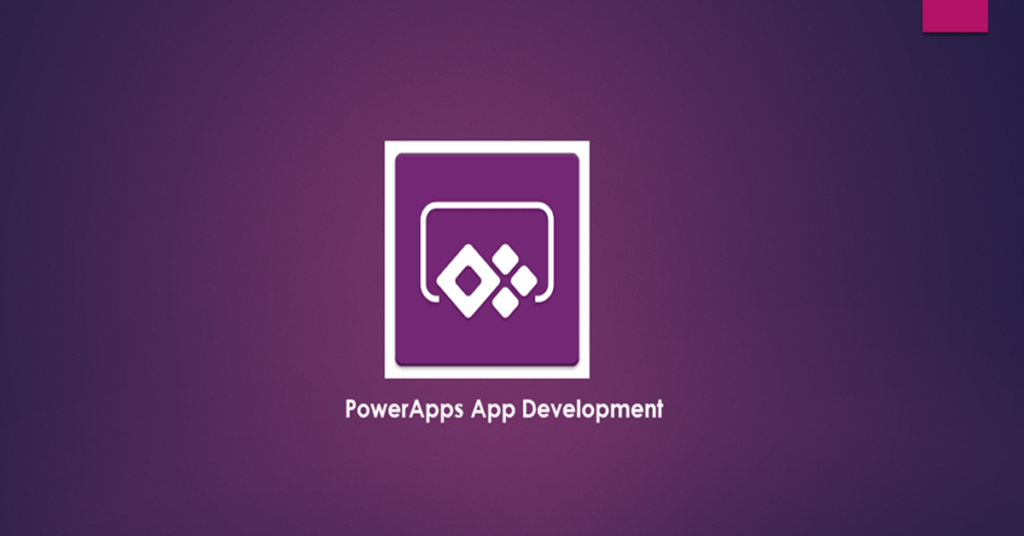What is PowerApps?
PowerApps is a low-code development platform from Microsoft that allows you to create custom business applications without needing extensive programming skills. It enables users to build apps quickly using a simple drag-and-drop interface, making it accessible for both developers and non-technical users.
With PowerApps, you can:
- Build Apps Easily: Use pre-designed templates or start from scratch to create apps tailored to your needs.
- Integrate Data Seamlessly: Connect with data sources like Microsoft Dataverse, Excel, SharePoint, or third-party services.
- Improve Efficiency: Automate manual tasks and streamline business processes.
- Deploy Across Platforms: Publish apps that work on desktops, tablets, and mobile devices.
PowerApps offers two main types of apps:
- Canvas Apps: Flexible apps where you design the user interface from scratch.
- Model-Driven Apps: Data-driven apps with pre-built layouts and logic, powered by Dataverse.
In essence, PowerApps empowers businesses to create solutions quickly, adapt to changes, and enhance productivity, all without the complexities of traditional app development.
Canvas Apps –
What are Canvas Apps in PowerApps?
Canvas Apps in PowerApps are highly customizable applications that allow you to design and build user interfaces exactly the way you want. With a “blank canvas” approach, you have complete control over the app layout, making it easy to create visually appealing and user-friendly designs.
Key Features of Canvas Apps:
- Flexible Design: Drag-and-drop components like buttons, text fields, and images to create custom layouts.
- Data Integration: Connect to various data sources like Microsoft Dataverse, Excel, SharePoint, SQL Server, or third-party services like Salesforce.
- Logic and Functions: Use Excel-like formulas to define the behavior of components and automate actions.
- Cross-Platform Support: Build apps that work seamlessly on mobile devices, tablets, and desktops.
- Ease of Use: Designed for both developers and non-developers, allowing anyone to build apps quickly without deep technical skills.
Use Cases for Canvas Apps:
- Building task-based apps for field workers.
- Creating dashboards to visualize key business metrics.
- Automating manual processes like approvals and data entry.
Canvas Apps are perfect for scenarios where a tailored user experience is critical, and they empower businesses to innovate rapidly.
What are Model-Driven Apps in PowerApps?
Model-Driven Apps are data-driven applications in PowerApps that focus on the underlying data structure and relationships rather than custom-designed user interfaces. Unlike Canvas Apps, where you manually design every screen, Model-Driven Apps provide pre-configured layouts, forms, views, and dashboards that adapt automatically based on your data model.
Key Features of Model-Driven Apps:
- Data-Centric Design: Built around Microsoft Dataverse, which serves as the backend for managing and storing data.
- Pre-Built Components: Automatically generates forms, views, charts, and dashboards based on your data model.
- Consistency: Ensures a uniform and responsive user interface across devices (desktop, mobile, and tablet).
- Business Process Flow: Guides users through business processes step-by-step, ensuring consistency and compliance.
- Security and Permissions: Granular control over who can access what, based on roles and privileges.
- Integration with Microsoft Ecosystem: Seamless integration with tools like Power Automate, Power BI, and Microsoft 365.
Benefits of Model-Driven Apps:
- Faster Development: Focus on configuring instead of coding, allowing quicker app delivery.
- Scalable and Secure: Ideal for enterprise-grade solutions with robust security and scalability.
- Standardized User Experience: Consistent UI across apps and devices reduces the learning curve for end users.
Use Cases for Model-Driven Apps:
- Customer Relationship Management (CRM): Managing customer interactions, sales, and support.
- Project Management: Tracking tasks, resources, and progress.
- Field Service: Managing on-site service operations.
- Incident Management: Logging, assigning, and resolving issues within an organization.
Model-Driven Apps are best suited for scenarios where data relationships and processes are critical, enabling businesses to create powerful, structured applications with minimal development effort.
Difference between Canvas Apps and Model-Driven Apps :
| Feature | Canvas Apps | Model-Driven Apps |
|---|---|---|
| Design Approach | Customizable design and layout using a blank canvas and drag-and-drop controls. | Automatically generates layouts based on the data model. |
| Focus | Tailored user interface and visual design. | Data-driven and process-oriented applications. |
| Data Source | Can connect to multiple data sources like Excel, SharePoint, SQL Server, etc. | Built exclusively on Microsoft Dataverse. |
| Customization | Highly customizable for specific user interactions and visuals. | Limited to configuring forms, views, and business process flows. |
| Use Cases | Best for task-based or specific-purpose apps (e.g., dashboards, mobile apps). | Ideal for managing complex processes and data relationships (e.g., CRM apps). |
| Ease of Use | Requires effort in designing the user interface. | Minimal effort required as layouts are auto-generated. |
| Responsiveness | Must be manually configured for responsiveness on different devices. | Automatically responsive and adapts to various screen sizes. |
| Flexibility | More flexibility in integrating external services and customizing UI elements. | Focused on business logic with less flexibility in UI customization. |
| Best For | Apps where look and feel are critical. | Apps where data consistency and workflows are the priority. |
Now, Lets create Our First Canvas App


